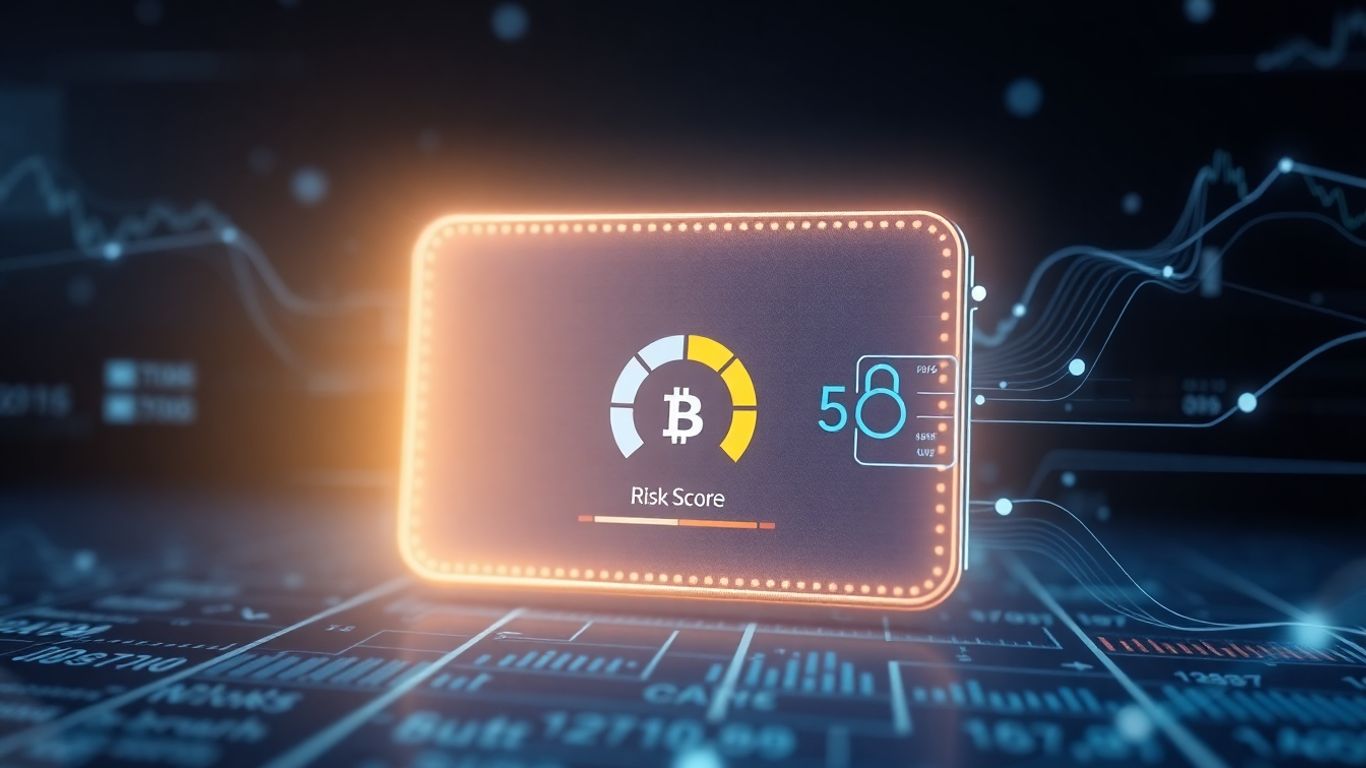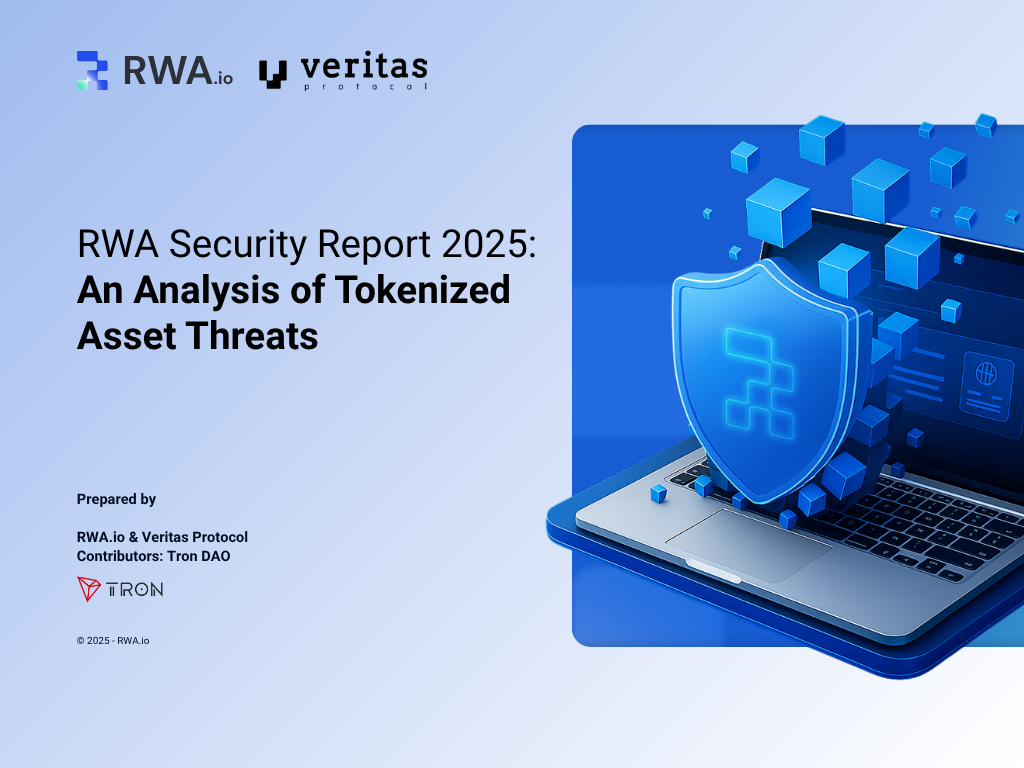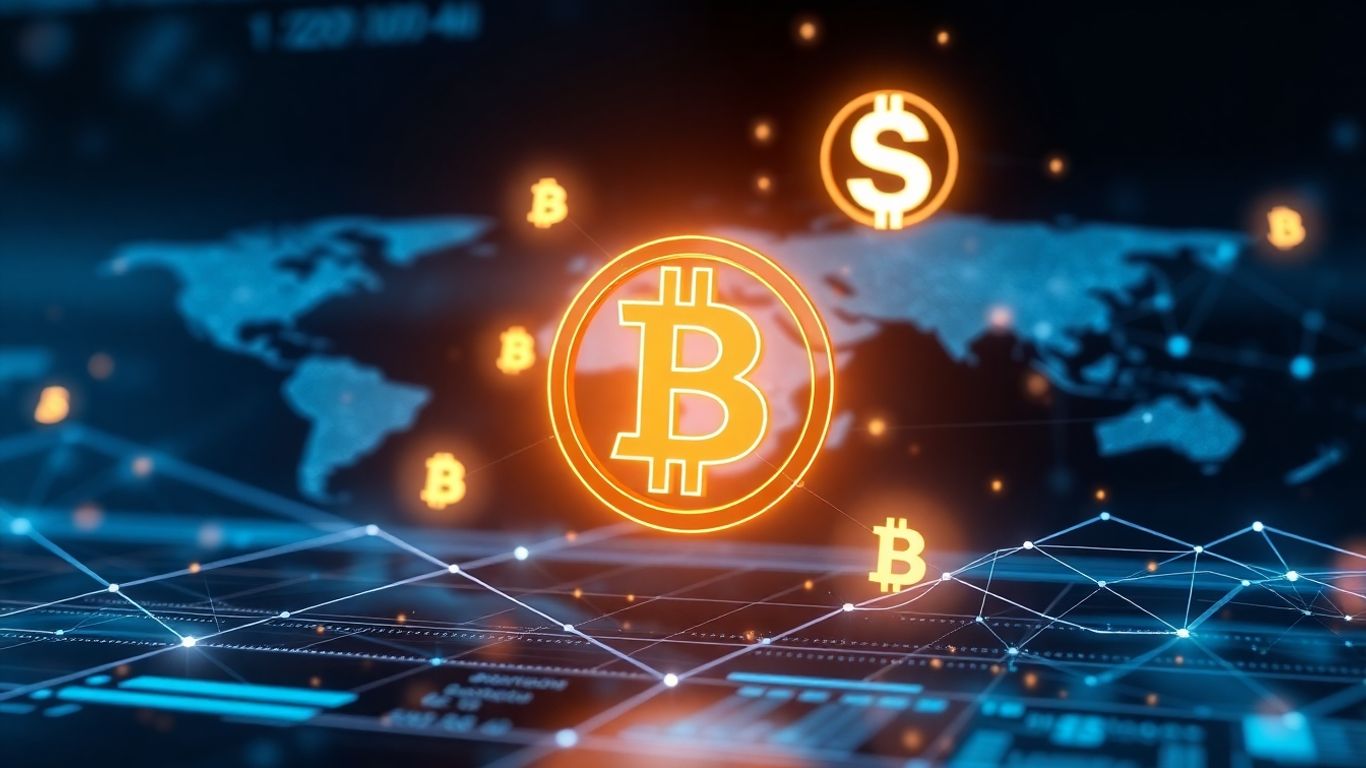[ newsletter ]
Stay ahead of Web3 threats—subscribe to our newsletter for the latest in blockchain security insights and updates.
Thank you! Your submission has been received!
Oops! Something went wrong. Please try again.
Detect wash trading in NFTs with key metrics and flags. Learn advanced techniques for NFT wash trading detection and mitigation.





Wash trading in the NFT space can be a real headache, making it tough to figure out what's actually valuable. It's basically when someone buys and sells the same NFT back and forth, or with a buddy, just to make it look more popular or expensive than it really is. This article is all about how to spot this kind of shady activity, focusing on the metrics and warning signs that can help you with wash trading detection NFT.

Wash trading in the NFT space is basically when someone buys and sells the same digital item back and forth, often between their own wallets, to make it look like there's a lot of interest and activity. It's like hyping up a product by pretending multiple people are buying it when it's really just one person moving it around. This isn't just about making a quick buck; it's about creating a false sense of demand and value. Think of it as a digital magician's trick, making an NFT appear more popular or valuable than it actually is. This practice is a form of market manipulation, and while it might seem harmless on the surface, it can really mess with the perception of the market.
So, why do people do this? Well, there are a few big reasons. For starters, creators or early sellers might want to pump up the price of their NFTs to attract genuine buyers at a higher price point. It's a way to create artificial scarcity and desirability. Another big driver is related to platforms that reward users with tokens for trading activity. If you can trade an NFT back and forth rapidly, you rack up rewards, which can sometimes be worth more than the NFT itself. It's a loophole, really. Plus, some traders might use wash trading to launder money, making illicit funds appear as legitimate earnings from NFT sales. It's a complex mix of greed, platform mechanics, and sometimes, outright fraud.
Wash trading can seriously skew the perceived value of NFTs and the overall market. When you see an NFT collection with tons of sales and high prices, you might assume it's popular and worth investing in. But if a good chunk of those sales are wash trades, that perceived value is totally fake. This can lead legitimate buyers to overpay, thinking they're getting a good deal on something in demand. It also makes it harder for actual collectors and investors to figure out what's genuinely valuable. Over time, if wash trading becomes too common, it erodes trust in the NFT market, making people hesitant to participate. It's like finding out the 'hot new restaurant' has been faking its customer reviews – you just don't trust it anymore.
Wash trading creates a mirage of activity and value, making it tough for honest participants to gauge true market sentiment and fair pricing. This artificial inflation can lead to poor investment decisions and a general distrust of the NFT ecosystem.
So, how do we actually spot these sneaky wash trades in the NFT world? It's not always obvious, but there are some solid ways to look for them. We're talking about digging into the transaction data to find patterns that just don't make sense for normal buyers and sellers.
One way to get a handle on wash trading is by looking at the transactions themselves and trying to filter out the suspicious ones. Think of it like putting up a bunch of little flags for anything that looks a bit off. We can check things like:
These direct filters help us catch the most blatant attempts at wash trading. We can assign scores to each of these flags, and then add them up to get an overall wash trading score for a transaction. This score can then be categorized, maybe from 'low' to 'very high' risk.
Sometimes, the wash trading isn't so obvious. It's more subtle, and that's where more advanced methods come in. Instead of just looking for direct red flags, we can use statistical analysis and machine learning to find patterns that are harder to spot.
Machine learning models can be trained on huge datasets of NFT transactions. They learn to identify complex relationships between different data points that might indicate wash trading, even if no single transaction looks obviously suspicious on its own. This is like having a super-smart detective who can see connections that a regular person would miss. These models can look at things like:
These indirect methods are really useful for catching more sophisticated manipulation schemes that might slip past simpler filters.
Beyond just looking at individual transactions, we can zoom out and examine the broader patterns of trading activity within an NFT collection or across the market. This gives us a bigger picture view.
Here are some patterns to watch for:
The transparency of blockchain technology is a double-edged sword. While it allows us to see every transaction, it also means that sophisticated actors can study these patterns and devise new ways to manipulate the market. Therefore, continuous monitoring and adaptation of detection methods are absolutely necessary.
By combining direct filters, machine learning, and pattern analysis, we can build a pretty robust system for identifying wash trading in the NFT space. It's all about looking at the data from different angles to catch those who are trying to game the system.
Sometimes, wash trading isn't super sophisticated. It's just the same person, or people working together, trying to make a collection look more popular than it is. One way to spot this is by looking at who's buying and who's selling. If you see a lot of transactions where the buyer and seller addresses are the same, or if they've funded each other recently, that's a big red flag. It's like seeing someone sell a painting to themselves and then immediately list it again. We can track this by looking at:
Beyond just who's involved, how and when trades happen tells a story. Wash traders often try to make their activity look natural, but there are patterns. For instance, if an NFT gets traded back and forth between the same two wallets multiple times in a short period, that's suspicious. It's not a normal market behavior. Also, consider where the money comes from. If a buyer's funds seem to appear out of nowhere, perhaps from a wallet that just received funds from the seller or a related party, it hints at a wash trade. This is especially true if the buyer's wallet was only recently funded by the seller.
Wash trading doesn't always happen with just one NFT. Sometimes, it's a broader effort to pump up an entire collection. We can look for patterns like:
Spotting wash trading often involves looking for a combination of these flags. A single flag might be a coincidence, but multiple flags appearing in connection with a series of transactions strongly suggests manipulative behavior. It's about piecing together the puzzle of on-chain activity to reveal the underlying intent.
Here's a simplified look at some common flags and their potential impact:
Blockchains, by their very nature, offer a transparent ledger of transactions. This is a huge advantage when we're trying to spot wash trading in NFTs. Unlike traditional finance or even some crypto markets where trades can happen behind closed doors, NFT transactions are usually recorded publicly. This means we can see who bought what, who sold it, and when. We can analyze these public records to find patterns that just don't make sense for legitimate trading. Think about it: if the same wallet, or a cluster of wallets controlled by the same entity, is constantly buying and selling the same NFTs back and forth, that's a pretty big red flag. We can use this on-chain data to build detailed transaction histories for individual NFTs and collections, making it much harder for manipulators to hide their tracks.
While looking at transaction patterns is good, sometimes the sheer volume of data can be overwhelming. This is where artificial intelligence really shines. We can use AI models, trained on vast amounts of historical NFT transaction data, to identify subtle indicators of wash trading that might be missed by human analysis. These models can learn complex relationships between different trading activities, wallet behaviors, and market dynamics. For instance, an AI could flag a collection where a disproportionate amount of trading volume comes from a small number of wallets that frequently interact with each other, or where prices are being artificially inflated and deflated in rapid succession. These AI systems can process millions of transactions to pinpoint suspicious activity with remarkable accuracy.
Beyond just looking at direct transaction data, we can also get pretty sophisticated by analyzing the behavior of traders. This involves looking for deviations from normal trading patterns. For example, we might see a sudden surge in activity for a specific NFT collection, but the buyers and sellers involved have very little trading history otherwise. Or perhaps a wallet suddenly starts making a lot of high-value purchases after being dormant for months. These kinds of unusual activities, when clustered together, can point towards wash trading. It's like looking for a person acting strangely in a crowd – they might not be doing anything overtly illegal, but their behavior stands out. We can set up systems to alert us when these anomalies occur, giving us a heads-up about potential manipulation before it gets out of hand.

Dealing with wash trading in the NFT space is a bit like trying to keep a leaky boat afloat. It's not just about spotting the problem; it's about actively working to stop it from sinking the whole market. Platforms and users alike have a role to play here. The good news is that the very nature of NFTs, being on-chain, gives us a better shot at transparency than with some other crypto assets.
Marketplaces are on the front lines. They can implement rules and use technology to make wash trading harder. Think about setting limits on how quickly an NFT can be re-sold or flagging transactions that look suspicious. Some platforms might even consider transaction fees that discourage rapid, artificial flipping. It's a balancing act, though, because you don't want to stifle legitimate trading either.
The incentives driving wash trading, like boosting platform rankings through inflated volumes or earning royalties on self-trades, need to be directly addressed by marketplace design. If platforms can align their success metrics with genuine market activity rather than just raw volume, it changes the game.
This is where NFTs really shine. Because transactions are recorded on the blockchain, we have a public ledger. This transparency is a huge asset for detecting wash trading. When we can see who bought what, when, and from whom, it becomes much easier to spot patterns that don't make sense in a real market. The more data that's readily available and easy to analyze, the better everyone can be at spotting manipulation.
No single entity can solve this alone. It really takes a community effort. Marketplaces need to work together, share insights (where appropriate and legal, of course), and maybe even develop industry-wide standards for detecting and reporting wash trading. Developers, researchers, and even collectors can contribute by reporting suspicious activity and supporting projects that prioritize market fairness. Ultimately, a healthy NFT market relies on trust, and that trust is built through transparency and collective action.
So, we've looked at how wash trading works in the NFT space and some of the ways to spot it. It's not always straightforward, and bad actors are always trying new tricks. But by keeping an eye on those key metrics and understanding the common red flags, we can get a much better picture of what's really going on. It's a bit like detective work, really – piecing together clues from on-chain data. The NFT market is still pretty new, and things change fast, so staying informed and adapting our methods is going to be super important for keeping things fair and transparent for everyone involved.
Imagine someone trying to trick you into thinking an NFT is super popular and valuable by buying and selling it back and forth between their own accounts. That's wash trading! They're not really trading it with anyone new; they're just making it look like there's a lot of interest to make it seem more valuable than it is.
People do it for a few reasons. Sometimes, they want to make an NFT look more expensive so they can sell it later for a higher price. Other times, they might be trying to make it seem like a whole collection of NFTs is popular. It's all about faking demand to trick others.
It can be tricky, but there are clues. Look out for situations where the same person or group of people are constantly buying and selling the same NFT or NFTs from the same collection. Also, if an NFT suddenly gets a lot of trades but the price doesn't make sense, that's a red flag. Checking who is buying and selling can also help.
Some common signs include when the buyer and seller are actually the same person, or if they funded each other's accounts right before the trade. If an NFT is traded back and forth between the same few people really quickly, or if a collection's NFTs are always traded within that same small group, those are also big hints.
Yes, definitely! Smart computer programs and special tools can watch the trading activity on the blockchain. They look for weird patterns, like those mentioned above, and can flag suspicious trades. It's like having a detective watching the market 24/7.
NFT marketplaces can put rules in place to make it harder to wash trade, like limiting how often the same person can trade. Also, being open about trading data helps everyone see suspicious activity. When platforms and users work together to spot and report it, it makes the NFT market fairer for everyone.


